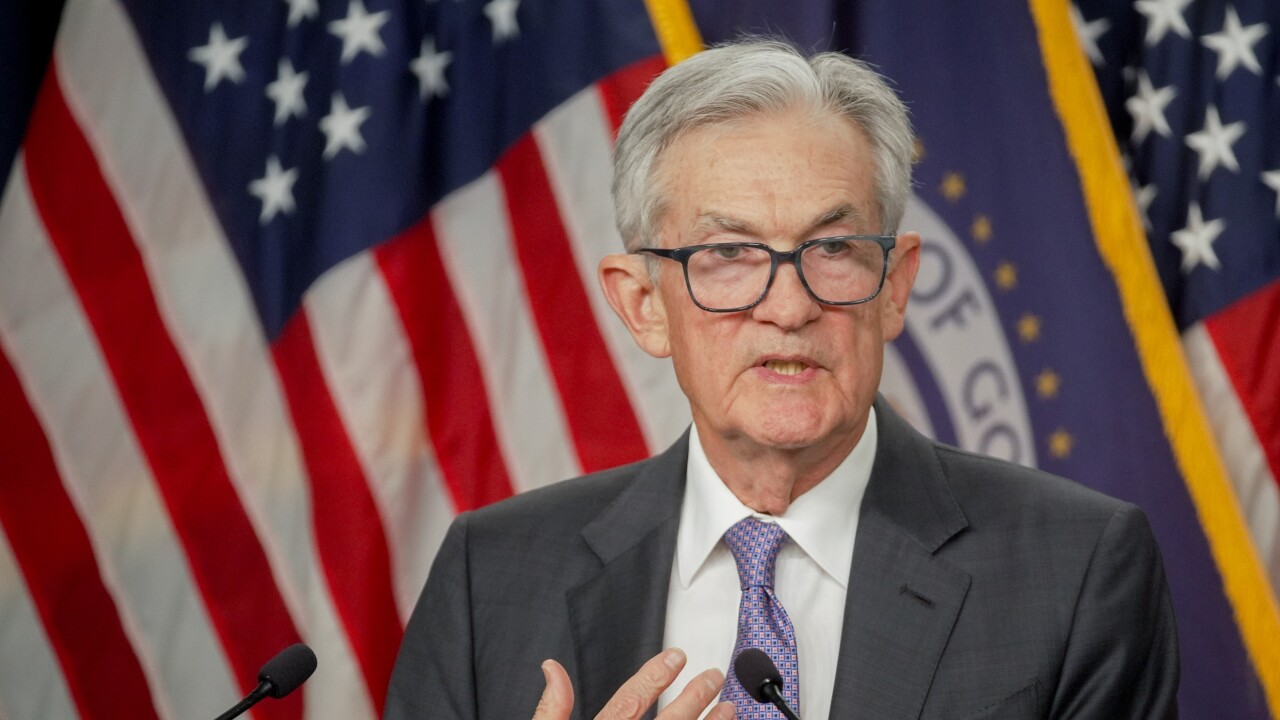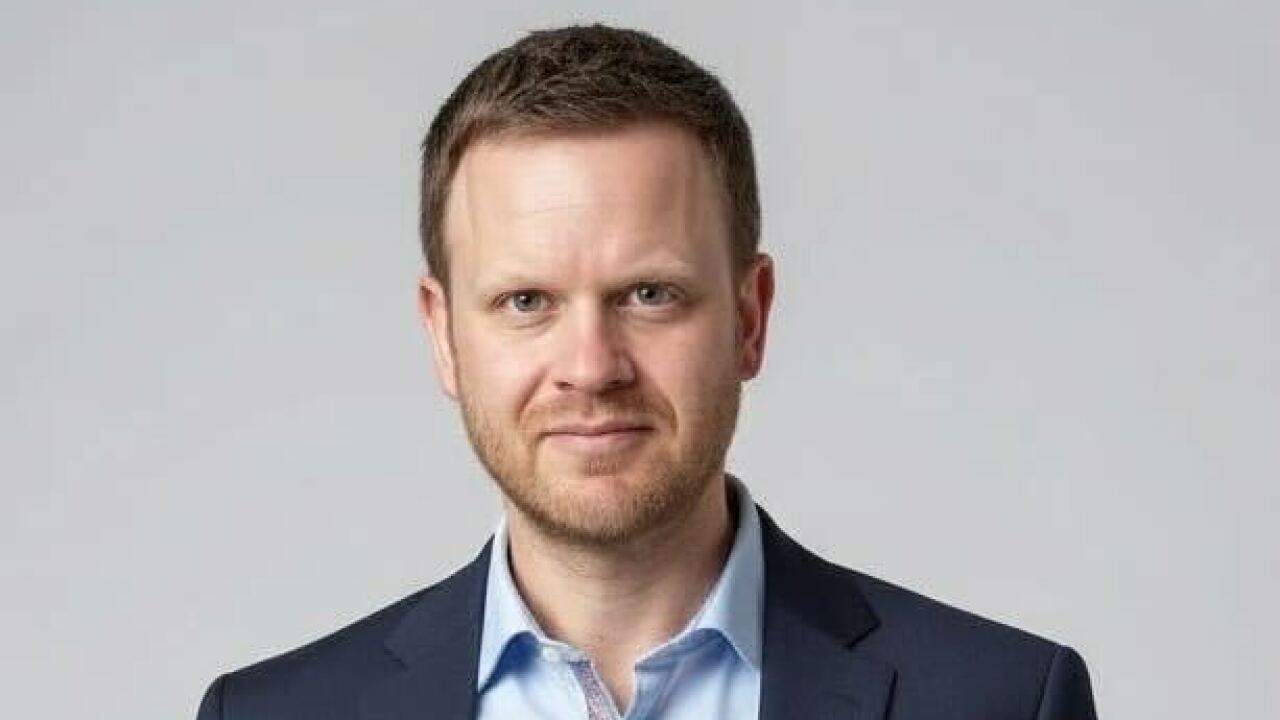-
The two primary functions of banking should be to take deposits and to make loans; all other services should be supplementary to these two primary activities.
January 17 -
Were asking customers from different demographics to describe what they are looking for from their financial services providers.
January 13 -
None of us is above human error, but it's worth reminding financial institutions that these interactions can affect the psychological well-being of their clients.
January 21
I wanted to hold off on drawing conclusions from BankThink's ongoing
Shevlin, a senior analyst at Aite Group and a master provocateur on the Internet, seized on one post in the series Katya Grishakova's "
In a
Amazingly, in less than 100 words, the author manages to distinguish herself from practically everyone in (what I'm guessing is) her age bracket.
My take: The views expressed by the author of this particular editorial do not reflect what 'bank customers want.'
Shevlin goes on to herald the era of "new school" banking, though it's never explicitly stated at least in this particular blog post what that model specifically entails. Based on his criticism of Grishakova, however, "new school" banking appears to involve never visiting a bank branch, oodles upon oodles of mobile/online banking services and a
More on Shevlin's fantasy in a moment, but first, a few notes on our series.
We
Each op-ed is admittedly anecdotal and not meant to represent the be-all-and-end-all of how customers collectively feel about banking. The aim, instead, is to solicit direct customer feedback that could, in the aggregate, point to trends, particularly among demographics, and supplement other research or oft-conflicting statistics on consumer sentiment towards banking.
(Case in point regarding oft-conflicting statistics: This Journal article citing data on a
Something else which, based on the comments on Grishakova's piece, may have gotten lost in translation: Unlike our earlier
Grishakova isn't analyzing trends. She's not approaching the op-ed as a banking/fintech expert (even though she used to work in finance). She's simply commenting on how she banks and how she would like to bank, under her ideal circumstances.
It's certainly possible, given her profile as a self-employed individual with brokerage or retirement accounts, that Grishakova is, as Shevlin suggests, an outlier. But, if one were to analyze the series as a whole thus far, it's clear that Grishakova is in good company with her affinity for old-fashioned brick-and-mortar banking. (In fact, only millennial Simon Zhen expressed a desire for better
Baby Boomer Reginald Skowronski who, yes, full disclosure, is my dad longed for the days when branches had hostesses and wrote that
Instead, each student expressed a desire for better customer service, particularly at the point of sale, and more direct communication about the financial services and products available to them. One student even described problems she had after opting for an
Again, taken in isolation, the student editorials could potentially be written off as outliers. But their responses are squarely in line with
Servon, as you
As previously stated, I'm
Our series certainly supports this notion and suggests that, right now, consumer sentiment regarding brick-and-mortar banking more closely resembles what Dave Martin outlined in
I'd argue some current big-bank
None of this means definitively that banks should stop closing branches or start opening new ones. That decision will ultimately hinge on a bank's target audience. But it does point to opportunities for banks interested in certain demographics such as say, the underserved to innovate around the good old
As Martin writes:
Tomorrow's banking winners will be those who find ways to give customers personal touch points the most efficiently. In a technology-driven and commoditized industry, human interaction actually becomes more important than ever in differentiating from the pack.
And he's not the only pundit urging bankers to focus on customer touch points. In a recent BankThink post, Drew McMullen, financial services segment leader for the management consulting firm Sense Corp., argues a firm's success in the mortgage market hinges on
Finally, one semi-side note. In his post, Shevlin asserts "customers can't articulate what they really want from banks." Given banks'
Sure, most customers aren't familiar with industry buzzwords. Yes, they may even confuse their personal banker for a teller. And, of course, it's up to the bank or the banker to decide whether a particular customer segment is worth pursuing. Banking is a business, not a public service.
But it behooves the industry to consider that customers may choose to patronize a financial firm that gives them and not tells them what they want. Because with new competitors entering the financial services industry seemingly every day, a good number of these folks may choose to take their business elsewhere.
Jeanine Skowronski is the deputy editor of BankThink. You can contact her at





